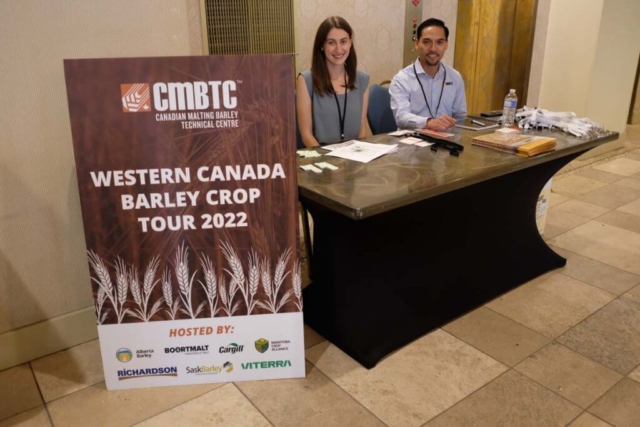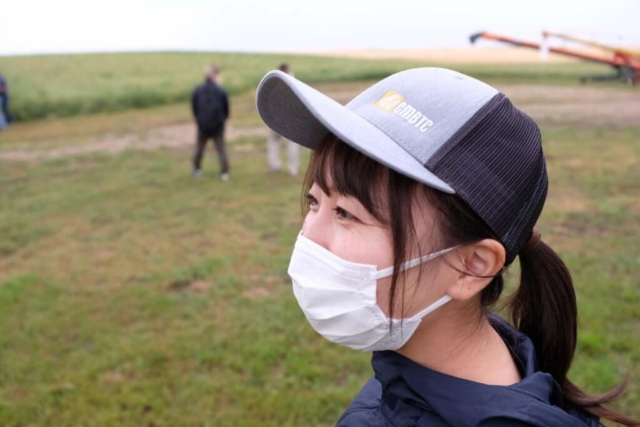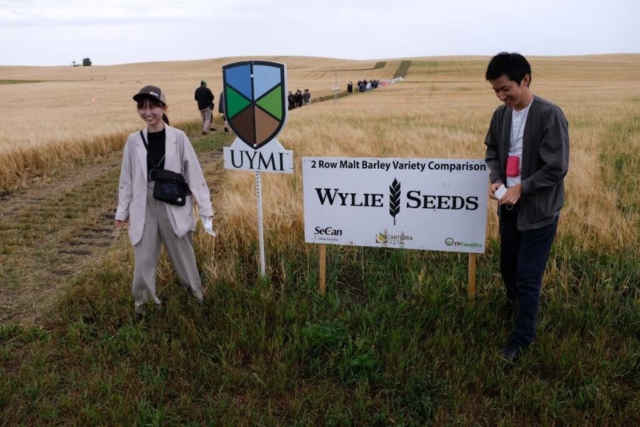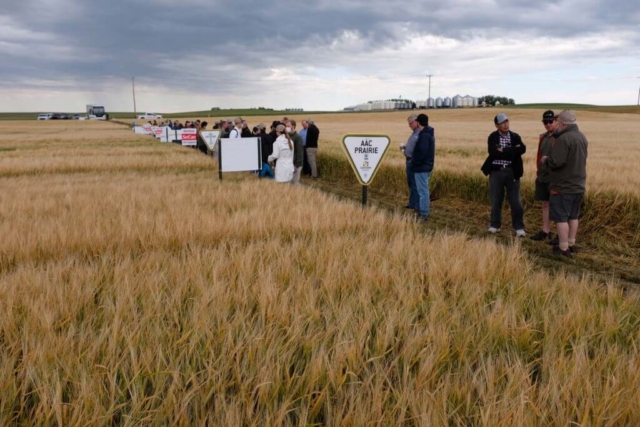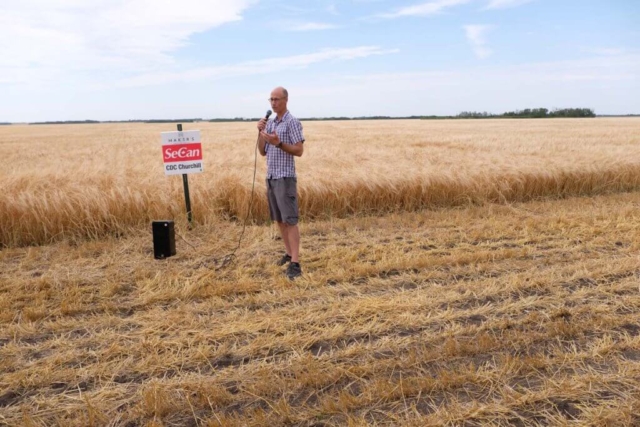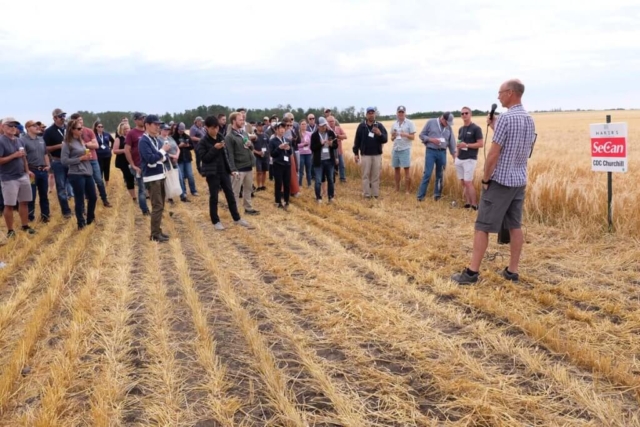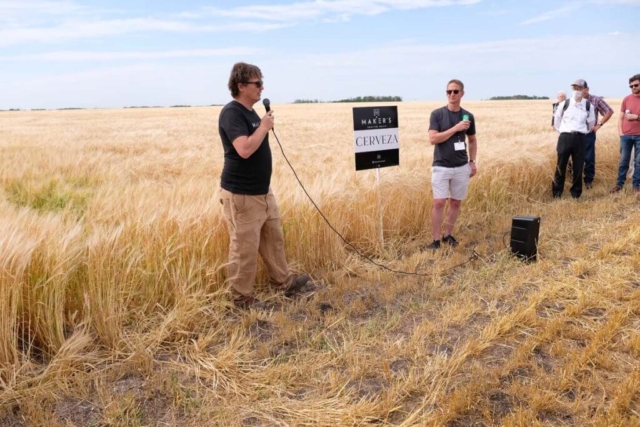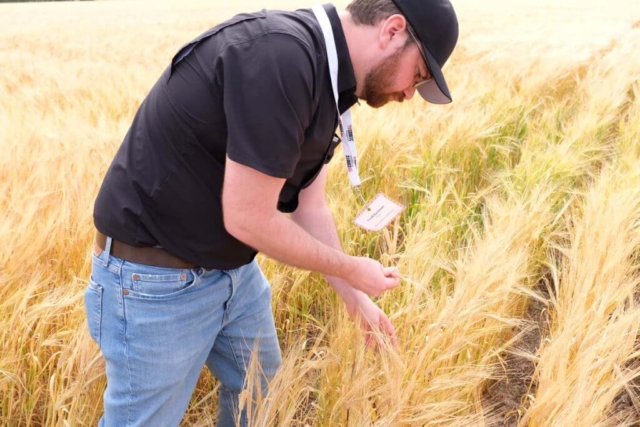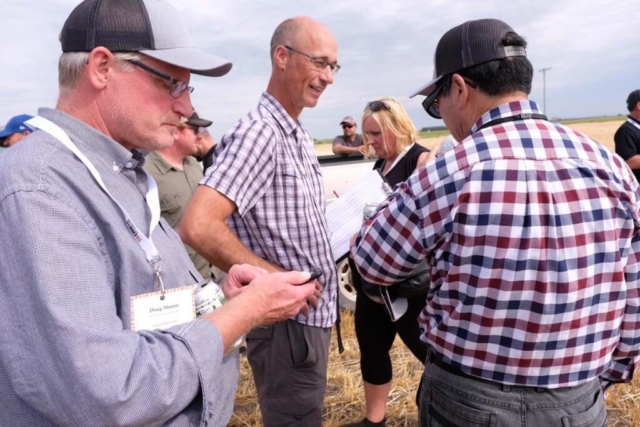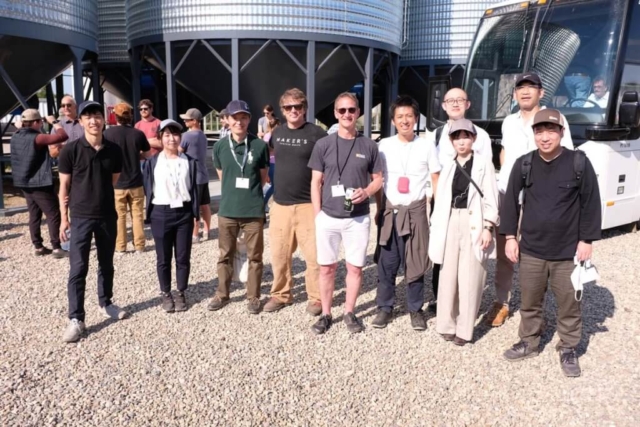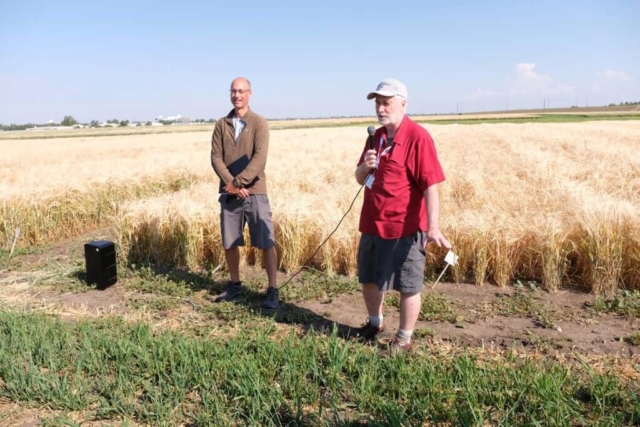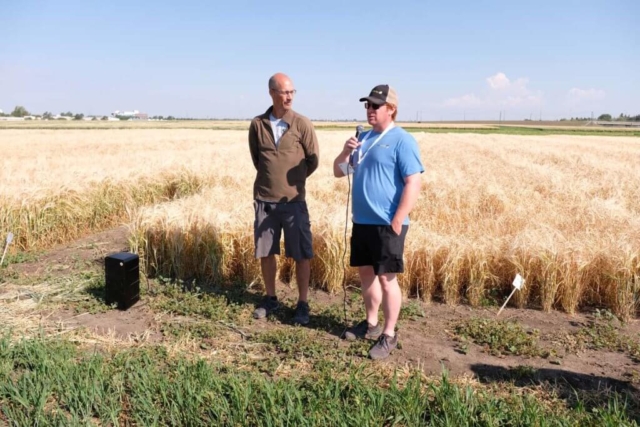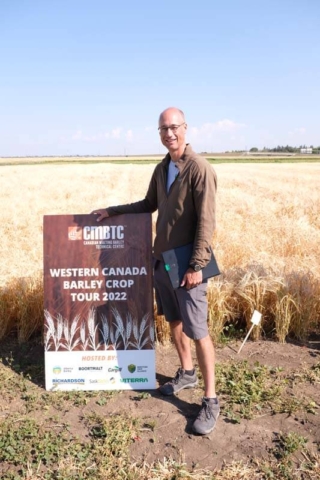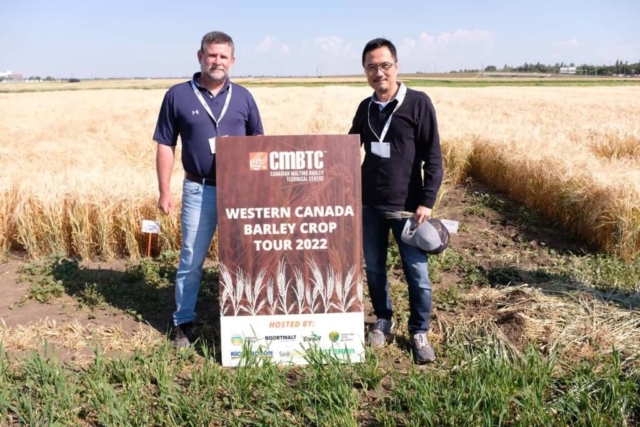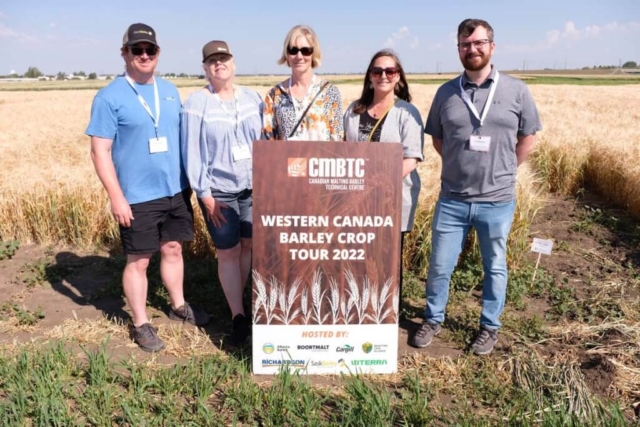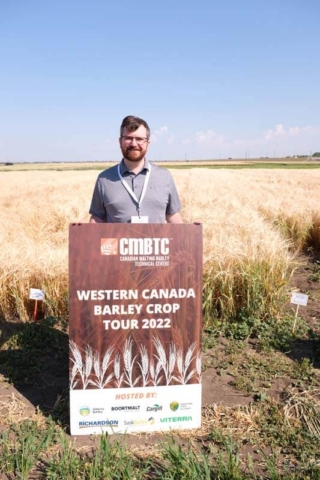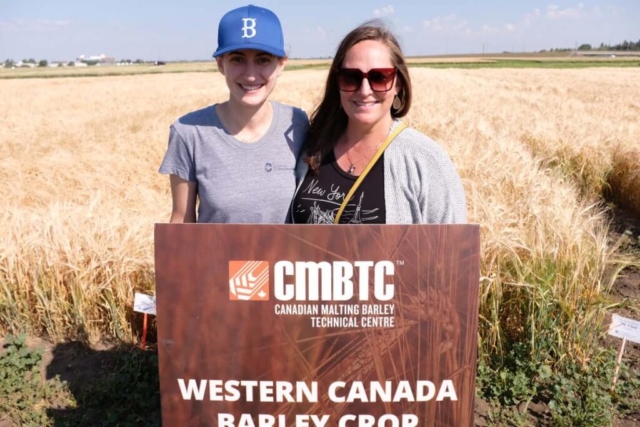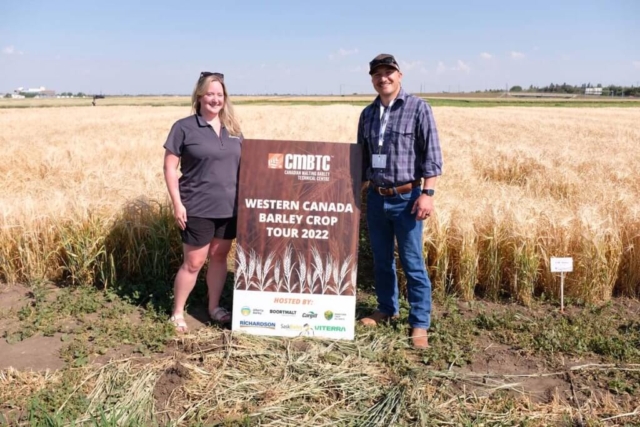CMBTC 2022 Western Canada Barley Tour – Photo Gallery
From Aug. 10 to 12, the Canadian Malting Barley Technical Centre (CMBTC) and its members held the 2022 Western Canada Barley Crop Tour, the first time in three years the event has been held in person. Approximately 50 representatives from the barley value chain, including maltsters and brewers, Canadian producers and grain companies, as well as buyers of Canadian barley and malt from around the world, gathered in central Saskatchewan. This year’s tour included several representatives from Japan, one of Canada’s largest malt markets, with technical and purchasing staff from Asahi and Sapporo Breweries.
The CMBTC typically endeavours to hold new crop tours in Western Canada every one to two years, which complements outgoing missions to customer countries as part of our market development programming. In contrast, these incoming tours allow end-use customers to meet the farmers who produce the barley that is integral to the success of their businesses. They also meet other members of the value chain, such as breeders, maltsters and representatives of seed and grain companies. Bringing all of these players together creates an important learning environment for everyone involved. End-users can ask producers questions and also offer insight as to what is important to them and their business operations.
The objective of the 2022 Barley Crop Tour was to give participants a sense of the yield and quality of the 2022 Canadian crop ahead of harvest. They also learned about new Canadian malting barley varieties now entering the commercial stream, such as AAC Connect and CDC Fraser, as well as additional varieties that are in development.
The day-and-a-half tour included visits to two Saskatchewan farm operations, Wylie Seed Farm near Biggar and the Enns family farm near Rosthern. Demonstration plots on both farms consisted of many existing commercial malt varieties alongside several newly registered ones. This gave participants the opportunity to see these varieties in the field as they heard from farmers, seed company spokespeople and a breeder about the agronomic and quality characteristics of the various lines. They also compared them visually and observed plant qualities such as height, straw strength, maturity and, in some cases, disease resistance.
Participants also had the opportunity to see the Prairie Malt plant in Biggar, which is owned by Boortmalt, one of the world’s largest malting companies, and visit with staff over lunch. The facility is located in the heart of one of Saskatchewan’s major barley growing regions.
Day two of the tour included a visit to the Crop Development Centre (CDC) at the University of Saskatchewan in Saskatoon. It was led by barley and oat breeder Dr. Aaron Beattie. The CDC has carried out the development of several world-recognized malting varieties such as Harrington, CDC Copeland and, more recently, has registered varieties such as CDC Fraser, CDC Churchill, CDC Copper and CDC GoldStar, all of which are at various stages of development and commercialization.
Ultimately, these tours serve to reinforce the quality proposition of Canadian barley and are important in promoting new variety acceptance. All of this benefits Canadian farmers and the industry as a whole. As one of the world’s largest exporters of barley and malt, Canada must work to ensure new barley varieties with better agronomics and disease resistance gain acceptance in the international market. This will ensure farmers benefit from improved genetics and barley remains a competitive crop within the western Canadian farm rotation. The tours also facilitate long-term business relationships between Canada’s barley and malt value chain and its customers. This is key to maintaining Canada’s position as the world’s premier supplier of high-quality barley and malt to the global brewing industry.
Hosted by:









